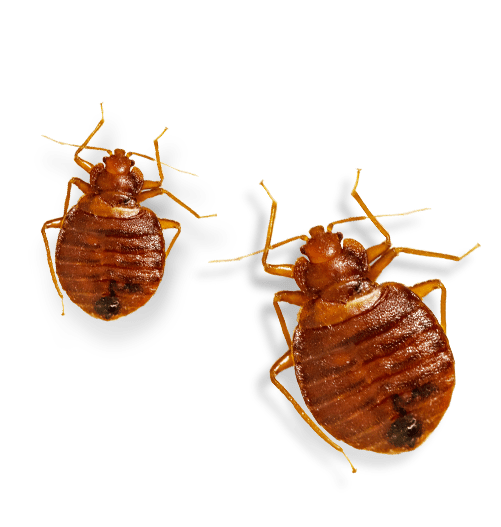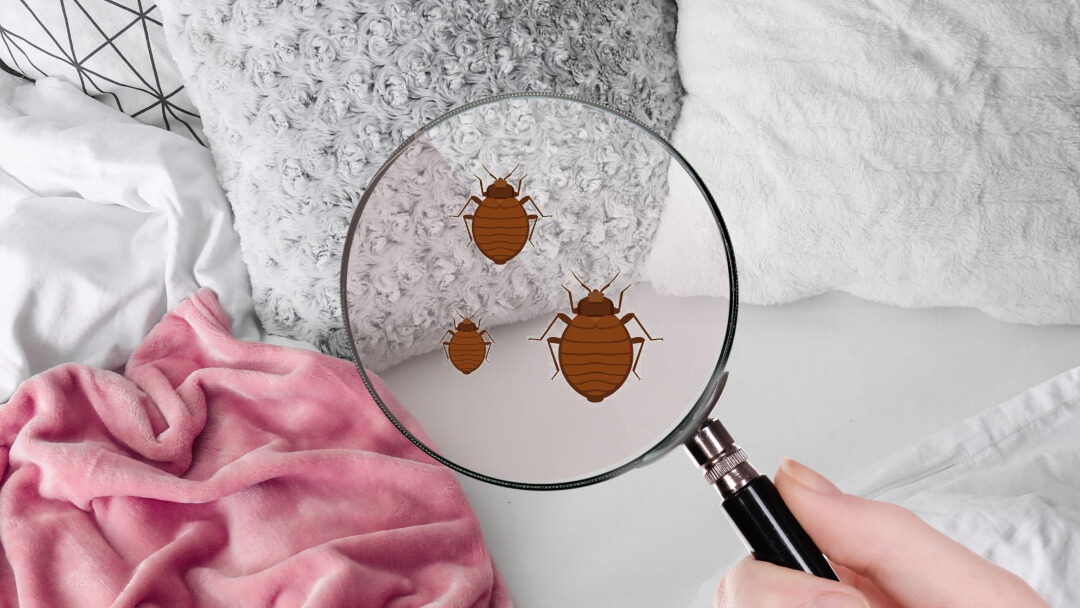How to Identify Bed Bug Bites and Prevent Future Infestations
Explore the Various Kinds Of Pest and Their Therapy Choices for Effective Administration
The monitoring of pests in both agricultural and residential setups requires an extensive understanding of the various kinds that can invade these settings, as well as the therapy options readily available for reliable control. From home rats that posture wellness dangers to garden pests that threaten crop yields, each classification requires a customized technique. Recognizing the subtleties of parasite behavior and the equivalent treatments is important; however, the question continues to be: what are the most effective methods that not only resolve existing problems yet also avoid future incidents?

Usual House Vermin
Although family parasites can vary considerably in type and behavior, several share common qualities that make them an annoyance. Common household insects consist of rats such as rats and computer mice, insects like cockroaches and ants, and periodic invaders such as crawlers and flies. These bugs commonly thrive in settings that give easy access to water, sanctuary, and food, making homes specifically susceptible.
Rodents, for instance, are notorious for creating structural damages and spreading out condition. Pests like roaches are not only troubling but can also set off allergic reactions and bronchial asthma in delicate individuals.
Reliable parasite management starts with avoidance, which includes sealing entry points, preserving tidiness, and using proper storage approaches for food. Understanding the routines and qualities of these usual house pests is crucial for efficient administration and keeping a healthy and balanced living environment.
Yard Insects and Their Effect
Yard bugs pose a substantial hazard to the wellness and performance of plants, with some estimates recommending that they can cause up to 40% of plant losses in specific areas. These insects, which consist of insects such as beetles, aphids, and caterpillars, along with nematodes, can inflict extreme damage by preying on plant cells, causing stunted growth, decreased returns, and endangered high quality.
The impact of yard bugs expands past mere aesthetic worries; they can interrupt communities by changing food cycle, impacting pollinators, and spreading out conditions among plants. Parasites like the crawler mite can compromise plants, making them much more vulnerable to fungal infections. Invasive types may outcompete indigenous plants, leading to biodiversity loss.
Efficient monitoring techniques are important to mitigate these hazards. Integrated Pest Administration (IPM) methods, which integrate biological control, cultural practices, and targeted chemical applications, can offer sustainable options. Regular tracking and early treatment are vital in avoiding invasions. bed bug heat treatment. By understanding the particular parasites and their behaviors, garden enthusiasts can implement targeted treatments that not just protect their plants but additionally advertise a much healthier yard community.
Rats: Recognition and Threats
Rats prevail garden insects that can posture substantial risks to plant health and overall ecological community stability. These little creatures, including types such as mice, rats, and voles, are often identified by their sharp incisor teeth and robust bodies. Their hair pigmentation varies extensively, ranging from gray to brown, and they typically display a lengthy tail which help in equilibrium and dexterity.
The dangers linked with rodent infestations are complex. Rats are infamous for their function as vectors of different illness, including hantavirus and leptospirosis, which can be sent look these up to people and pet dogs.
Furthermore, rats can interfere with the natural equilibrium of neighborhood communities by taking on native wildlife for sources. Their tunneling habits can lead to soil erosion and destabilization of plant origins. Early identification and understanding of rodent actions and risks are crucial for reliable bug administration.
Efficient Treatment Techniques
When managing rodent problems, using effective therapy techniques is vital for minimizing damages and health threats. A multi-faceted approach commonly produces the finest results. Traps are a vital part of rodent control. Snap catches and digital catches give a gentle and fast means to eliminate rodents, while adhesive catches can assist keep an eye on activity degrees.
Secondly, lure terminals consisting of rodenticides can be strategically positioned in areas of high rodent activity. These stations ought to be tamper-resistant to make sure the safety and security of non-target animals and children. It is crucial to pick the suitable lure type, as rats can create lure aversion otherwise changed occasionally.
Along with catches and bait, sealing entry points can significantly lower the chances of re-infestation. This entails examining and fixing spaces in windows, walls, and doors.
Last but not least, professional bug control solutions can be his explanation beneficial for extensive invasions. They possess the experience, devices, and items needed for effective elimination and can develop a tailored administration strategy. By executing these treatment techniques, residential or commercial property proprietors can properly deal with rodent concerns and safeguard their health and wellness and property.
Preventative Measures and Tips

Keeping tidiness is similarly vital; ensure that food is kept in impermeable containers and immediately tidy up spills or crumbs. Consistently throwing away garbage and ensuring that compost heap are handled effectively can prevent parasites from being brought in to your home.
Additionally, take into consideration landscape design practices that discourage rodent habitation. Trim plants and maintain mulch far from the structure of your residential property, as these can provide hiding places for pests.
Conclusion
Efficient bug management necessitates an extensive understanding of numerous pest kinds and their specific therapy options. Inevitably, an aggressive position on insect administration fosters a healthier american pest control setting, safeguarding both property and farming rooms from pest-related obstacles.
Typical home parasites consist of rats such as computer mice and rats, pests like roaches and ants, and periodic intruders such as crawlers and flies.Rodents are common garden insects that can position considerable threats to plant health and wellness and total community security. Early identification and understanding of rodent habits and risks are crucial for effective bug monitoring.
Effective insect management starts long prior to a problem takes place, with aggressive steps that can significantly minimize the likelihood of rodent access and habitation.Reliable parasite management requires a detailed understanding of different parasite types and their certain therapy choices.